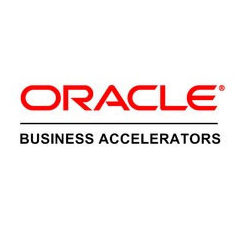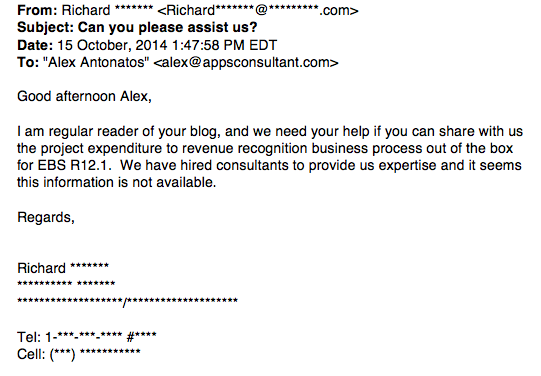Oracle Business Flow: Project Expenditure to Revenue Recognition
- by Alex Antonatos


In this article I share the Oracle business flow: Project expenditure to revenue recognition business process with the associated enterprise roles. The Oracle Business Flows— Enable you to relate your business requirements to the E-Business Suite functionality. I recommend these flow models to assist you with the project scope and increase end-user awareness of the project. It also establishes a common understanding of the integrations required to deliver the project.
Be aware not all consultants have this information, E-Business Suite accelerators are available from Oracle Consulting and other approved partner channels.

